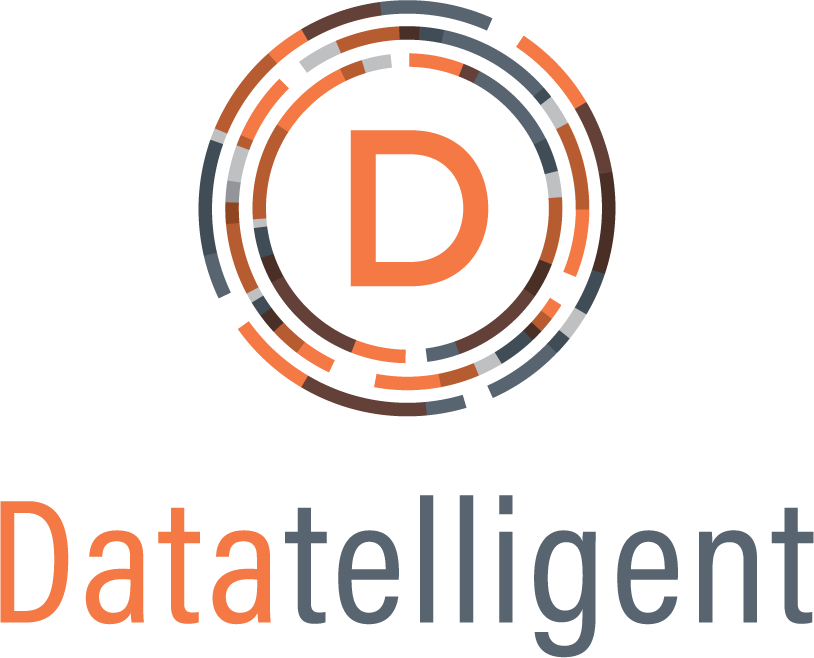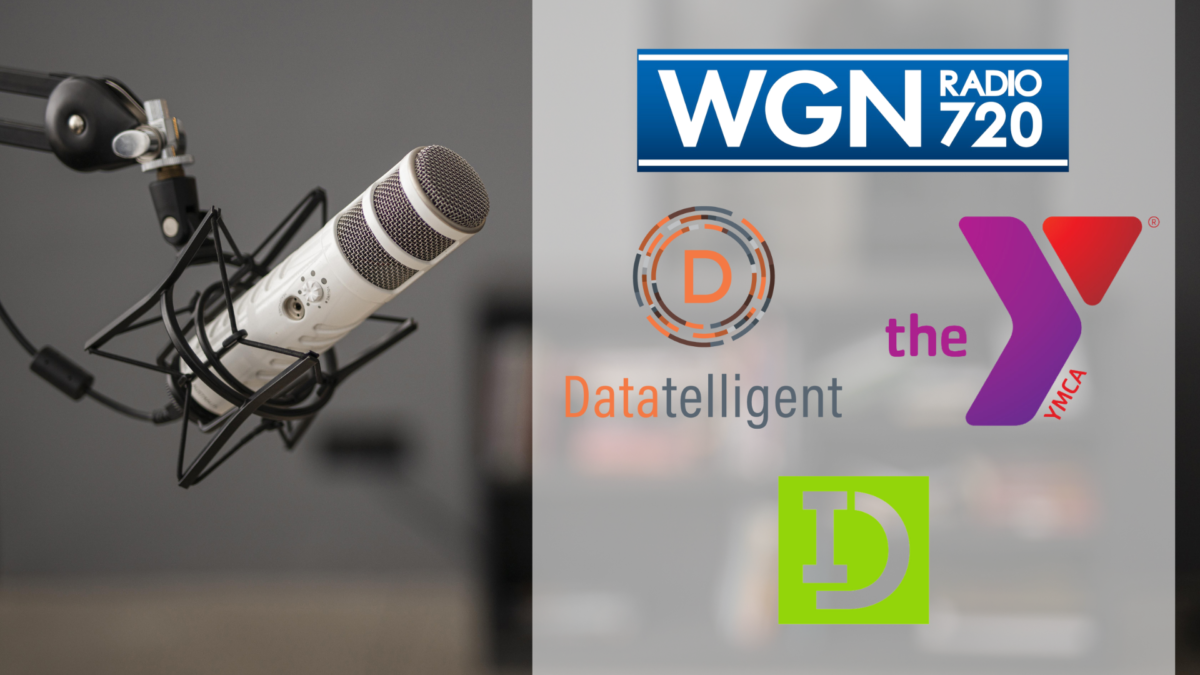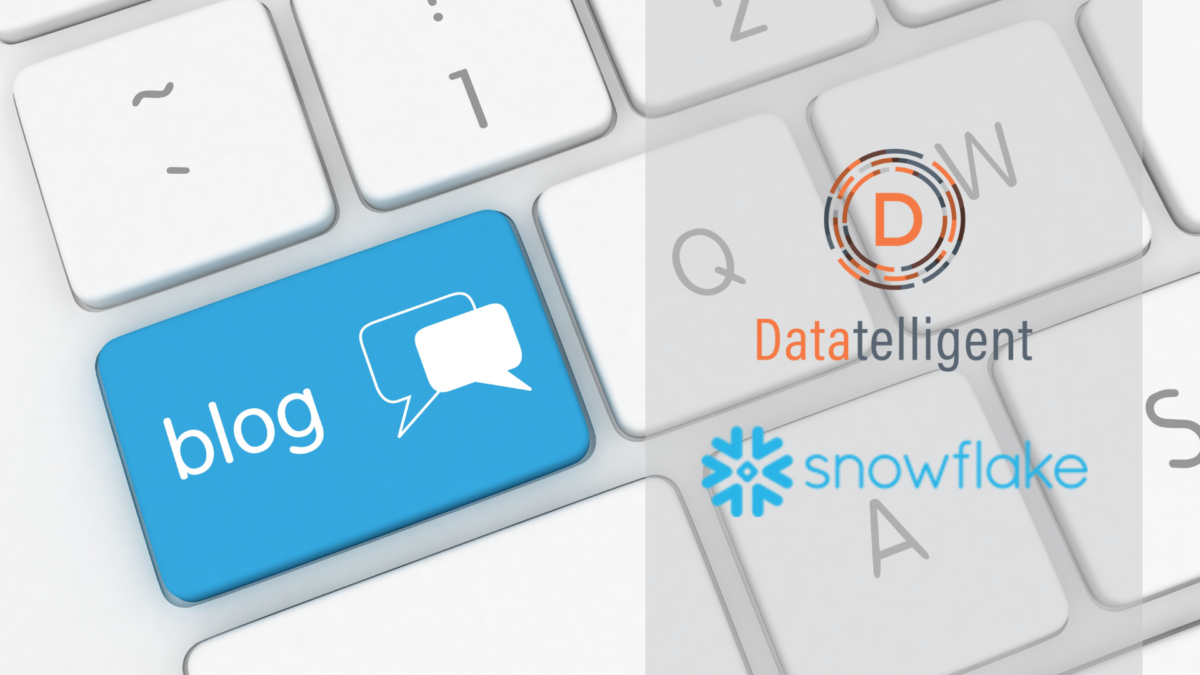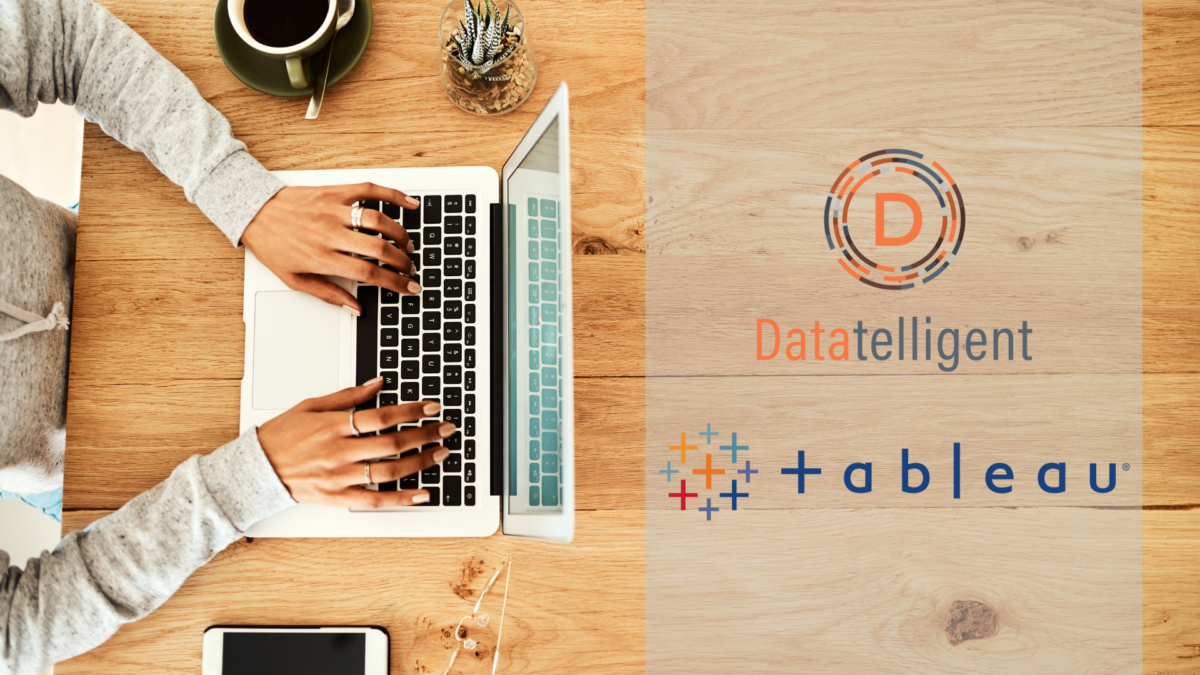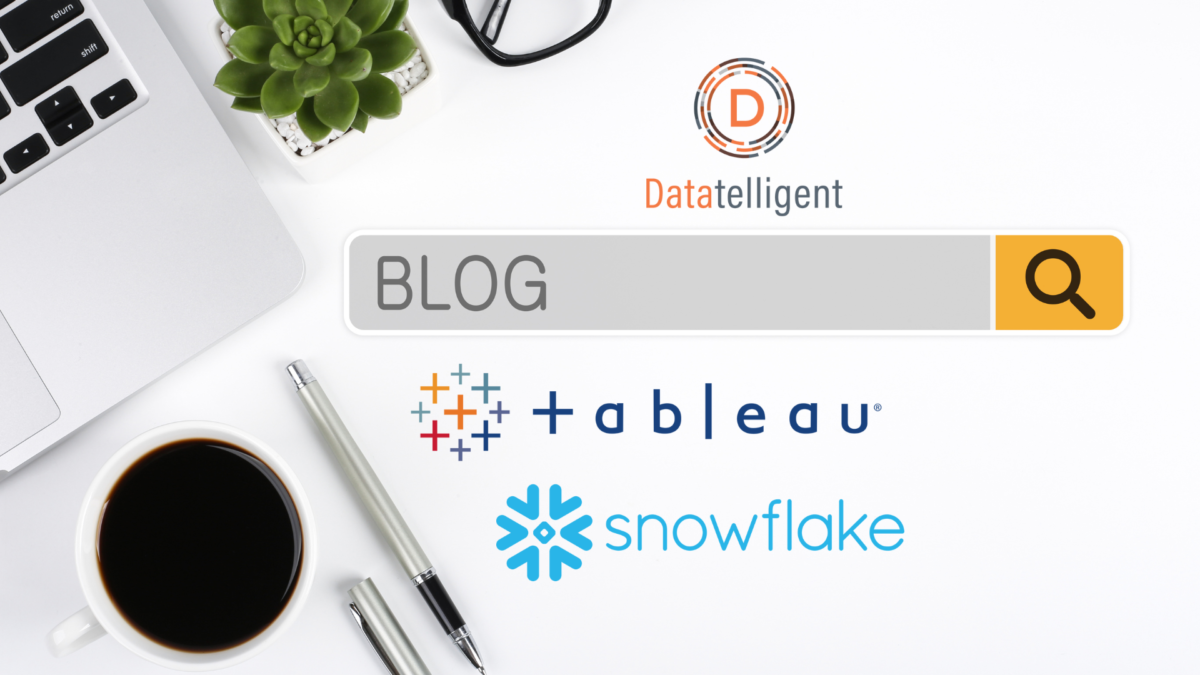How might your organization benefit?
As a food bank, food pantry, or food council, your mission likely involves reducing food insecurity or hunger and increasing access to healthy food. You probably ramped up during the pandemic and are still waiting for the need to decrease. You have likely already squeezed out every bit of efficiency in your operations with today’s tools.
But what if you could add a tool that, within three short months, can maximize the data collected in your various systems and communicate it effectively to stakeholders? Have you considered a partnership with Datatelligent and Tableau?
Datatelligent is a data analytics company that partners with nonprofit organizations to organize existing data. Conversely, Tableau is a leading data visualization tool that can transform complex data into easily understandable and actionable insights. Food banks, food pantries, food councils, and their human service partners have worked with us in many ways.
Data analysis and visualization
Organizations often input information about donors, volunteers, food types, needs, geography, expenses, and more into various software systems. Datatelligent pulls data from disparate systems and layers on Tableau’s data visualization tools. We transform this data into dashboards where various staff leaders can answer questions and make data-driven decisions through self-service.
Streamlined operations
Datatelligent can combine data sets that previously lived in data silos or even simple spreadsheets. Using data analytics, Food Banks and Pantries may identify bottlenecks or inefficiencies in their processes. With info from across their service area, Food Councils can visualize the trends in needs, resources, and gaps in the overall food assistance ecosystem. With the help of Datatelligent and Tableau, they can implement changes to streamline their operations, improve efficiency, and ultimately serve more people in need.
Improved fundraising and communications
How do you prove you are making a difference? Data analytics can help you identify donation trends, understand your donor base, and target communications. More importantly, effective use of data can help justify sustained or increased funding—especially when it illustrates how the services provided meet the need or highlights precisely who is most in need. Datatelligent and Tableau equip organizations with strategies that are more likely to resonate with donors and result in increased funding.
Contact us to learn how your Food Bank, Food Pantry, or Food Council can work with us. Tell the story of your food ecosystem and your organization’s impact. Consider partnering with Datatelligent and Tableau to take your organization to the next level.
